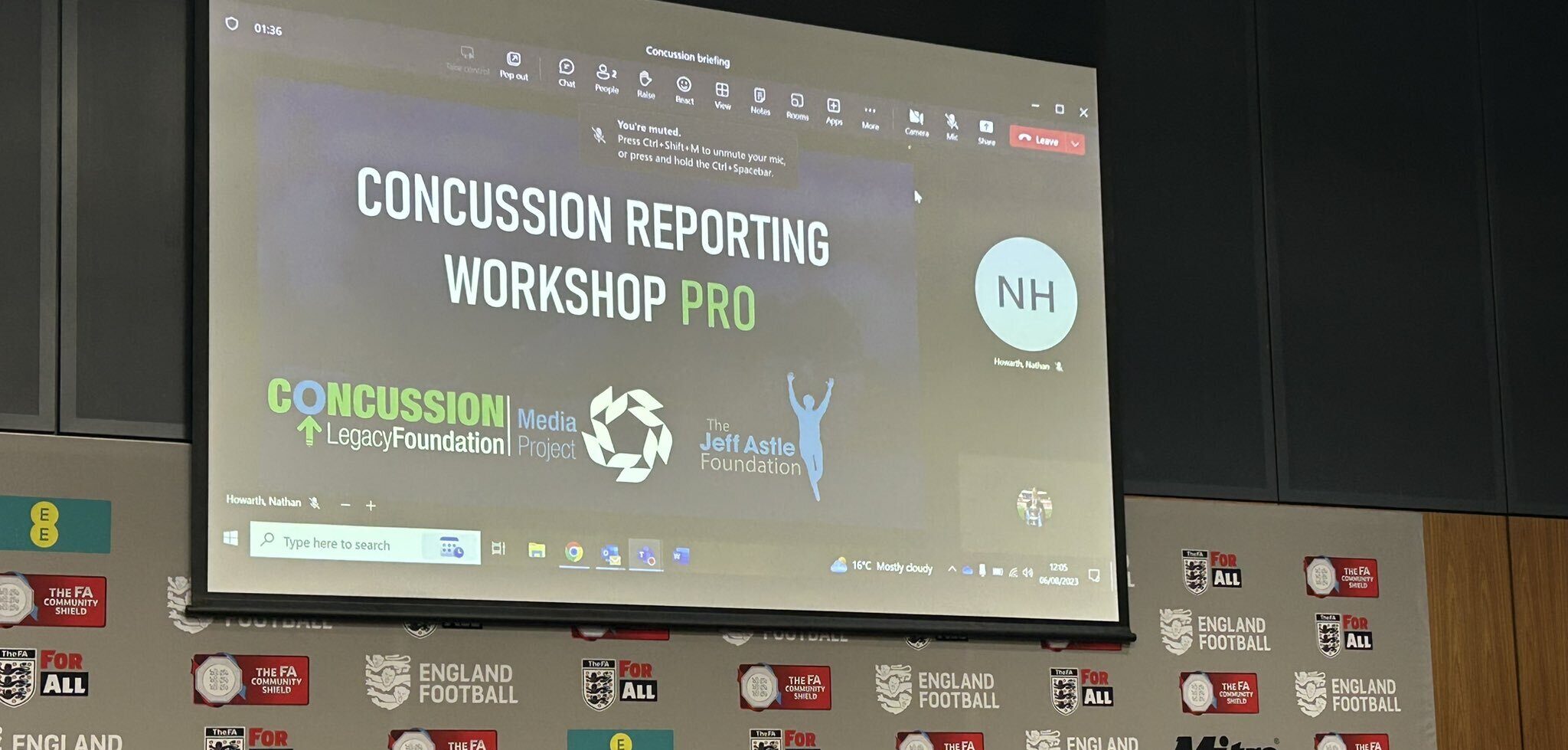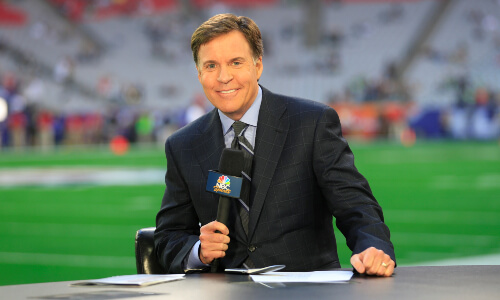Media Toolkit
About the Media Toolkit
Our Media Toolkit is a warehouse of information to help sports media professionals cover concussions responsibly and accurately. Scroll through for guidelines, lessons, concussion protocols, videos, and much more on proper concussion coverage.
P.R.I.D.E. is an acronym for the five guidelines that will help you cover concussions the right way.
P= Protocols
Prepare for every event by learning that league’s concussion protocol.
R= Reporting
Report what you see. If a player shows signs of a concussion after a head impact, say so.
I= Insight
Now that you are trained on concussions, provide Insight to your audience about what’s happening in the game, and what should happen next.
D= Diagnosis
A brain injury is a clinical diagnosis made by a medical professional. You can’t diagnose a concussion – but you can say when a player is showing concussion signs and should be evaluated.
E= Educate
Take P.R.I.D.E. in your work and your audience will learn about concussions. The more accurate you are, the more your audience can learn about concussions.
The CLF Media Project Toolkit contains 22 core lessons that provide sports media professionals with best practices for concussion reporting and coverage. The Toolkit is divided into four sections:
A) Before the Event
B) At the Moment of Impact
C) In-Game Concussion Evaluations
D) After a Concussion is Suspected or Diagnosed
Check out our 14 Do’s for Covering Concussions to get our 14 lessons all in one place.
A) Before the Event
Know Your Protocols
Concussion Definition
Concussion Basics
What Can Go Wrong
Know Your Protocols
Concussion Definition
Concussion Basics
What Can Go Wrong
1. Know Your Protocols
Don’t:
Cover an event without a thorough understanding of the governing concussion protocols.
Instead:
Use our concussion protocol warehouse below to find that league’s concussion protocol.
Why?
Knowing the protocol allows you to anticipate how concussion signs will be managed, as well as recognize and spotlight when protocols are breached.
Examples:
Kevin Seifert details how team violated concussion protocol.
Vishal Kheptal explores insufficiencies in FIFA’s concussion protocol.
Here are some links to different concussion protocols:
NFL
NHL
MLB
NBA
NCAA Template
MLS

2. Concussion Definition
Don’t:
Refer to a concussion as a brain bruise or a contusion.
Instead:
Refer to a concussion as a type of traumatic brain injury that changes the way the brain functions.
Some concussions can cause permanent damage to brain cells.
Why?
The brain does not actually bruise with a concussion. A brain bruise, or contusion, is a type of brain surface injury. Calling a concussion a brain bruise or a contusion would be incorrect.
A concussion is a temporary change in brain function. When an athlete gets a concussion a series of chemical and metabolic changes are occurring within the brain.
3. Concussion Basics
Don’t:
Cover an event without knowing concussion basics like signs and symptoms.
Instead:
Use our resources to become comfortable with signs and symptoms, as well as terms like posturing.
Why?
Not using proper vocabulary and terminology is a missed opportunity to educate the public.
Example:
HS wrestling announcers use generalities to discuss concussed wrestler.

4. What Can Go Wrong
Don’t:
Ignore the potential consequences of playing with a concussion.
Instead:
Report that if an athlete is not immediately removed from play following a concussion, they are at an increased risk for prolonged concussion symptoms, Post-Concussion Syndrome (PCS), and Second-Impact Syndrome (SIS).
Why?
Not mentioning the consequences of continuing to play with a concussion fails to educate the public about the risks of playing through a traumatic brain injury.
Example:
Taylor Twellman references Second-Impact Syndrome as potential cost of brief concussion evaluation.
B) At the Moment of Impact
Report All Possible Concussions
Don't Say "Head Injury"
Signs vs. Symptoms
Retire "Ding" and "Bell-Ringer"
Concussions are Diagnosed by Doctors
Whiplash Can Cause Concussion
Concussion Signs are Not Funny
Report All Possible Concussions
Don't Say "Head Injury"
Signs vs. Symptoms
Retire "Ding" and "Bell-Ringer"
Concussions are Diagnosed by Doctors
Whiplash Can Cause Concussion
Concussion Signs are Not Funny
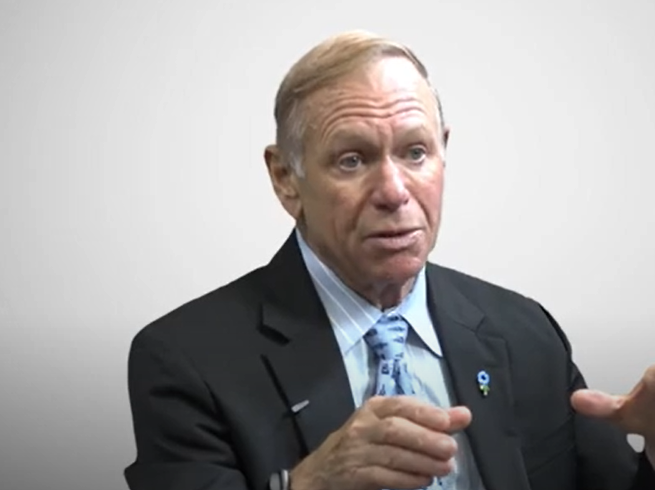
1. Report All Possible Concussions
Don’t:
Observe a possible concussion mechanism (like a head impact) followed by a concussion sign without reporting that it is a possible concussion.
Instead:
Report that any head impact or rapid head movement, plus a visible concussion sign, should trigger the league’s concussion protocol.
Why?
Reporting signs of concussion and discussing protocol teaches families how to recognize and respond to concussion.
Example:
Lisa Salters announces player had clear concussion signs and should be in protocol.
Announcer notes QB’s concussion signs, ignores that he continues to play.
2. Don't Say "Head Injury"
Don’t:
Refer to a concussion as a “head injury.”
Instead:
Refer to a concussion as a concussion, brain injury, or traumatic brain injury.
Why?
A “head injury” is not specific to the brain and may also refer to a laceration or a broken bone. Use a more specific term.
There is power in using brain injury rather than concussion. Studies show that a parent told that their child has a brain injury rather than a concussion will take the injury more seriously.
Example:
Writer reports diagnosis of “head injury”, does not mention concussion signs.

3. Signs vs. Symptoms
Don’t:
Confuse concussion signs and concussion symptoms.
Instead:
Know that signs are the observable effects of a concussion, while symptoms are what an athlete feels.
Why?
Children and parents may not know the difference between signs and symptoms. Educate the public that it is the responsibility of athletes to report symptoms they are experiencing that outsiders cannot see.
4. Retire "Ding" and "Bell-Ringer"
Don’t:
Use colloquial terms and phrases such as “ding”, “bell ringer”, or “shaking off the cobwebs” to describe a concussion.
Instead:
Use concussion, brain injury, or traumatic brain injury.
Why?
These antiquated phrases are inappropriate and minimize the seriousness of a concussion.
Example:
Announcer glorifies a vomit-inducing hit.
Writer uses “bell rung” language.
5. Concussions are Diagnosed by Doctors
Don’t:
Say “that’s a concussion” when a player appears to have a concussion.
Do:
“That could be a sign of a concussion” or “That looks like a concussion, but we’ll wait for the doctor’s diagnosis” are ok.
Why?
As obvious as a concussion may look, it’s important for reporters to respect the process. You can suspect a concussion but only a doctor can diagnose a concussion.
Example:
Mark Schlereth notes fencing posture is sign for potential concussion.
Analyst immediately declares that fallen player has a concussion.
6. Whiplash Can Cause Concussion
Don’t:
Assume there was no concussion if there was not a direct blow to the head.
Instead:
Know that a concussion is caused by a force to the brain, which can come from whiplash-type movements and impacts to the body.
Why?
The possibility of a concussion should not be dismissed because there was no direct impact to the head.
7. Concussion Signs are Not Funny
Don’t:
Laugh if a player goes to the wrong huddle or sideline after impact.
Instead:
Consider they may have a concussion. Explain how their behavior may be a sign of a concussion.
Why?
While it may seem funny at first, we now know these behaviors are more sad than funny.
Example:
Kirk Herbstreit characterizes a player going to the wrong huddle as “scary”
Announcers make light of hard hits
C) In-Game Concussion Evaluations
Report Protocol Failures
Clock Concussion Evaluations
Concussion Evaluation Location Matters
Passing a Sideline Exam Does Not Rule Out a Concussion
Playing Through a Concussion does not Show Toughness or Make You a Hero
Report Protocol Failures
Clock Concussion Evaluations
Concussion Evaluation Location Matters
Passing a Sideline Exam Does Not Rule Out a Concussion
Playing Through a Concussion does not Show Toughness or Make You a Hero
1. Report Protocol Failures
Don’t:
Be silent when you see a breach of concussion protocol.
Instead:
Acknowledge how the protocol was breached.
Why?
When reporters don’t acknowledge protocol violations, families can learn the wrong way to manage concussions, or that concussions aren’t serious.
Examples:
Announcer notes QB’s concussion signs, ignores breach of protocol.
2. Clock Concussion Evaluations
Don’t:
Assume every concussion evaluation is appropriately thorough.
Instead:
Monitor how long each concussion evaluation takes, and report based on your knowledge that a thorough concussion evaluation should take at least ten minutes to complete.
Why?
Thorough evaluations are what best protect athletes in the short and long-term.
It takes at least ten minutes to test the four different domains of brain function (cognitive, balance, vision, signs/symptoms.) If a player returns in less than ten minutes, mention it, and acknowledge that they may not have been thoroughly evaluated.
Example:
Bob Ley and Taylor Twellman note dangers of brief evaluation in World Cup.
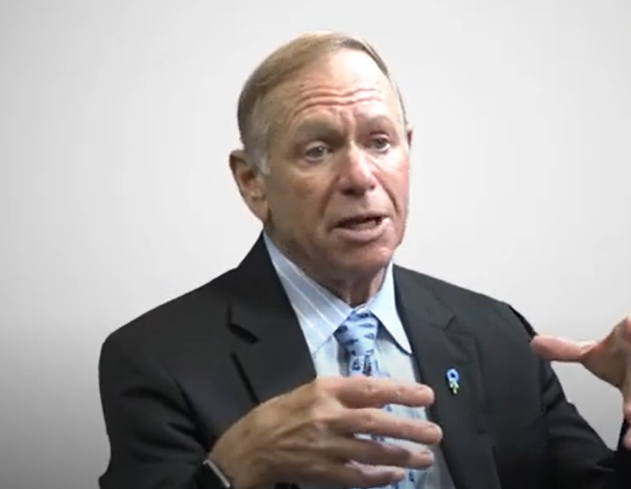
3. Concussion Evaluation Location Matters
Don’t:
Fail to pay attention to where an evaluation took place.
Instead:
Note when a player should be taken to the locker room for evaluation according to league protocol (relevant to NFL & NHL, and others). Report if the protocol was breached.
Why?
Concussions are best diagnosed in a quiet area free from visual and auditory distractions.
A rushed examination on the sideline or bench makes it more likely the test will not reach the correct conclusion.
4. Passing a Sideline Exam Does Not Rule Out a Concussion
Don’t:
Assume that passing one concussion evaluation completely rules out a concussion.
Instead:
Report the results of the evaluation, but be aware an athlete cleared to return may still have a concussion.
Why?
Symptoms can be delayed and tests are imperfect, so a player suspected of a concussion could still have one despite a negative test.
5. Playing Through a Concussion does not Show Toughness or Make You a Hero
Don’t:
Lionize an athlete playing through a concussion and refer to the act as heroic.
Instead:
Discuss how they should not be in the game for their own safety.
Why?
A player with a concussion should never continue playing. Many athletes have no memory of remaining in the game with a concussion and regret it.
Example:
Brett Favre talking about his last career concussion
Akbar Gbajabiamila tells story of trying to tough out a concussion and regretting it
Rugby player returning to play with an obvious concussion glorified
D) After a Concussion is Suspected or Diagnosed
Concussion Symptoms Can Be Delayed
Predicting Return to Play
A Mild Concussion?
Speculating on Retirement
Concussion History
"Head Injury" vs. "Concussion"
Concussion Symptoms Can Be Delayed
Predicting Return to Play
A Mild Concussion?
Speculating on Retirement
Concussion History
"Head Injury" vs. "Concussion"

1. Concussion Symptoms Can Be Delayed
Don’t:
Assume all concussions are diagnosed at the time of injury.
Instead:
Report the results of an evaluation but be aware that an athlete may still have a concussion.
Why?
Symptoms are frequently delayed, and can manifest days after the initial injury.
The variable timing of the onset of concussion symptoms are widely misunderstood.
Examples:
Kevin Seifert notes the potential for delayed concussion symptoms with examples.
Dakota Crawford and Stephen Holder provide examples of delayed-onset symptoms.
Jenna Laine notes Chris Godwin suffered delayed onset symptoms.

2. Predicting Return to Play
Don’t:
Speculate, or allow a coach or teammate to speculate, on when an athlete will return to play.
Instead:
Mention that every concussion is different, and that symptoms at the time of injury do not correlate well with recovery. The athlete will be cleared when they have completed the concussion protocol.
Why?
Reporting “They are expected back for the game next week,” puts enormous pressure on the concussed athlete to meet those expectations, incentivizing them to not report their ongoing symptoms.
Example:
Phil Perry explains NFL return-to-play protocol rather than predict recovery.
Michael Kay criticizes Clint Frazier for not getting healthy enough to play.
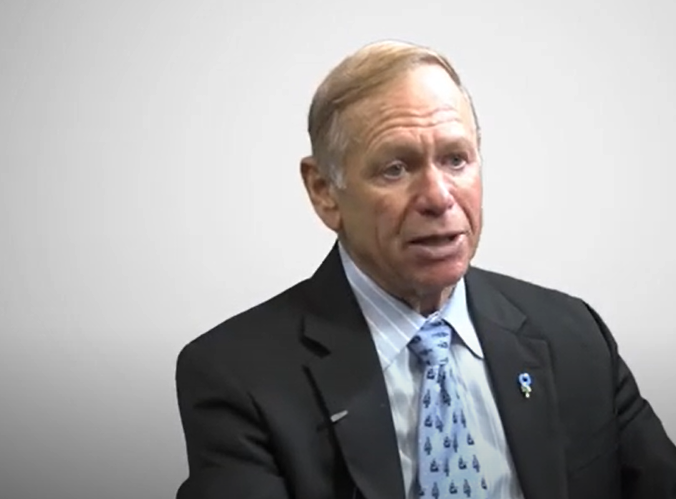
3. A Mild Concussion?
Don’t:
Put any qualifiers on a concussion such as “mild”, “moderate”, or “severe” before the athlete has recovered.
Instead:
Only use qualifiers retrospectively.
Why?
Concussion severity isn’t determined until after full recovery.
The symptoms at time of injury don’t correlate with the recovery time.
Some argue no concussion should be considered “mild.”
If a team labels a concussion as mild before recovery, note that concussion severity depends on symptom duration.
Example:
Clint Frazier labeled with “mild concussion”, takes several months to recover.
Masahiro Tanaka labeled with “mild concussion”.
Coach regrets saying Sidney Crosby had a “mild concussion”.
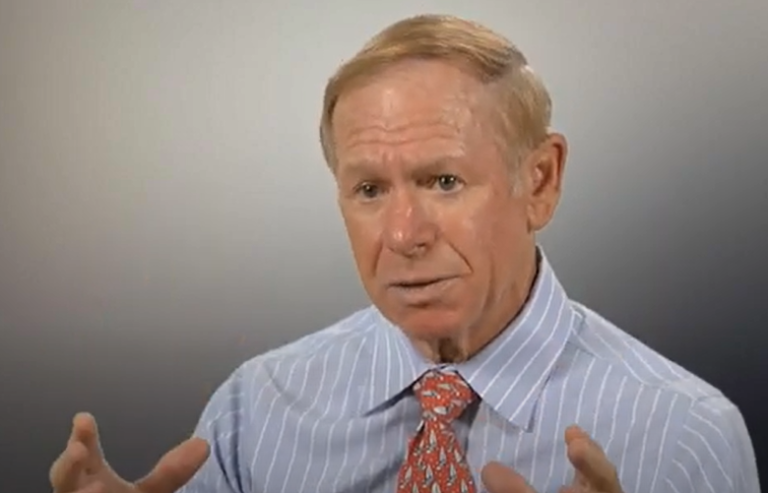
4. Speculating on Retirement
Don’t:
Suggest that an athlete should retire because of their number of diagnosed concussions.
Instead:
Report that there is no magic number of concussions and that a recommendation to retire is based on many variables.
Why?
Dialogue around an athlete’s concussion history and retirement affects earning potential.
The athlete might have a higher number of diagnosed concussions than other players because they have been more forthcoming about their concussion symptoms.
Rather than just focusing on the number of concussions, doctors focus on how long it takes to recover, how close they are together, and if symptoms are caused by relatively minor impacts.
Examples:
Writer questions whether goalie should retire given concussion history.
Writer questions whether linebacker should retire given concussion history.
5. Concussion History
Don’t:
Treat an athlete’s publicly known number of concussions as their total number of concussions.
Instead:
Use the qualifier of “5th diagnosed concussion.”
Why?
It is important to remind your audience that most concussions go undiagnosed.
Example:
Tom Farrey report that 1/27 concussions get diagnosed.
6. "Head Injury" vs. "Concussion"
Don’t:
Allow a “head injury” diagnosis to go unquestioned after an athlete shows concussion signs.
Instead:
If the player is suspected to have a concussion and is diagnosed with a “head injury” (scalp, face, etc.), confirm whether or not they have been diagnosed with a concussion.
Why?
A diagnosis of “head injury” may not trigger the league’s concussion protocol.
Example:
Taylor Twellman references Second-Impact Syndrome as potential cost of brief concussion evaluation.
Team diagnoses player with “head injury” in middle of Super Bowl.
